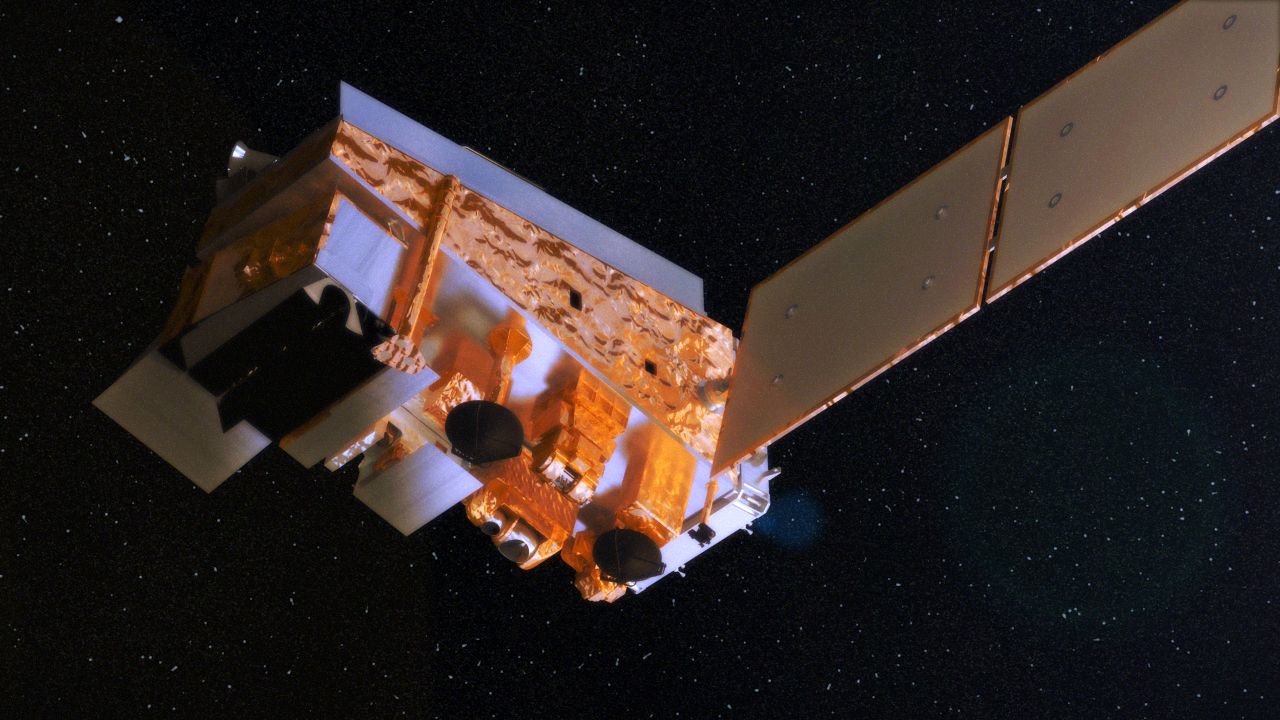
Increased light pollution due to energy-saving lamps
The transition to LED lighting saves less energy than expected. Due to increasing prosperity, people simply use more light, according to researchers at European and US universities.
This is the so-called rebound effect: the more efficient the lighting, the more we use it. And so the benefits of energy-saving due to more economic light bulbs is partly lost because we use more and more of them and do not switch them off as readily. The result is therefore not only energy savings but also increased night-time 'light pollution', generally with unfavourable consequences for animals, plants and ourselves.

Researchers at universities in the US and Europe have now ascertained this rebound effect for certain. In the so-called middle group countries (neither the richest nor the poorest), the use of lighting is increasing almost parallel to prosperity, showing a 15% increase in the five-year period from 2012 to 2016.
Better sensor from space
Previous light studies conducted from space were mainly based on data from the Defense Meteorological Satellite Program, though these were poorly calibrated. The images failed to show any changes in the light intensity of densely populated cities, for example.

Researchers were now able to utilise data from the Visible Infra-red Imaging Radiometer Suite on board the Suomi National Polar-orbiting Weather Satellite, a sensor which is sensitive to infra-red radiation and which provides a much more accurate spatial image. The resolution is 750 m instead of 5 km.
No increase in The Netherlands
In the five-year period mentioned above, the illuminated area increased by 2.2% annually over the world, as did the light intensity. Light consumption only decreased in war-struck regions such as Syria and Yemen, and remained stable in a number of developed countries such as the Netherlands, Spain and the US. The increase in light consumption was particularly visible in South America, Africa and Asia, with clearly larger growth in less prosperous countries versus more prosperous countries.

Measuring sky glow
In the large cities, the light intensity has proven to have moved from the centre to the suburbs. This is due to replacement of older type lighting for LEDs which tend to shine towards the ground. A disadvantage of LEDs is that they result in more sky glow, i.e. reflections of the light in the atmosphere. This is due to LED lights having a much greater blue component than the light from traditional bulbs, and this blue light being scattered more in the sky.
Newsletter
If you found this article interesting, then subscribe for free to our weekly newsletter.
Meer artikelen

Een AI-fabriek in Groningen

Gezondheid meten via zweetdruppels
Nieuwste artikelen

Een AI-fabriek in Groningen






